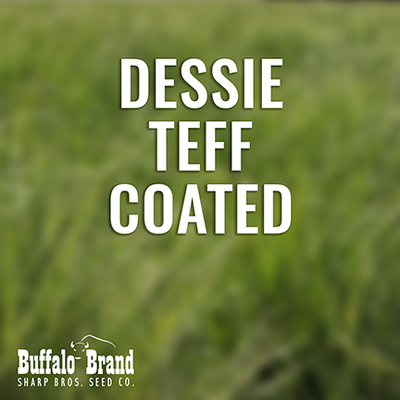Teff grass is primarily used for multiple cuttings of dry hay. It is usually planted alone, over seeded into thin alfalfa stands or cool season perennial grass to boost summer hay production. It should be harvested prior to head exertion for best regrowth and forage quality. First cutting occurs approximately 42 to 52 days after emergence, subsequent cuttings are at approximate 30 day intervals. Clipping below 4 inches causes slow regrowth. It is somewhat prone to being uprooted when grazed during the first 5 to 6 weeks of growth or later on sandy soils. Grazing, if done, usually follows a cutting of hay. Once established, teff withstands both drought and water logged soils and has salt tolerance similar to that of alfalfa. Teff does not accumulate prussic acid and nitrate accumulation is seldom reported. Forage quality is good; teff is popular as a horse hay. Minimum germination soil temperature is 65 degrees and rising. Maximum planting depth is ¼ inch and requires a firm seed bed similar to what would be required for alfalfa planting. Rainfall or irrigation after planting is necessary for germination. Very small seeded; about 1/6th the size of alfalfa seed, most teff seed is coated to make it more compatible with planting equipment. The suggested seeding rate for drills planting coated seed is 8 to 10 pounds per acre, 10 to 14 pounds per acre when broadcast.








